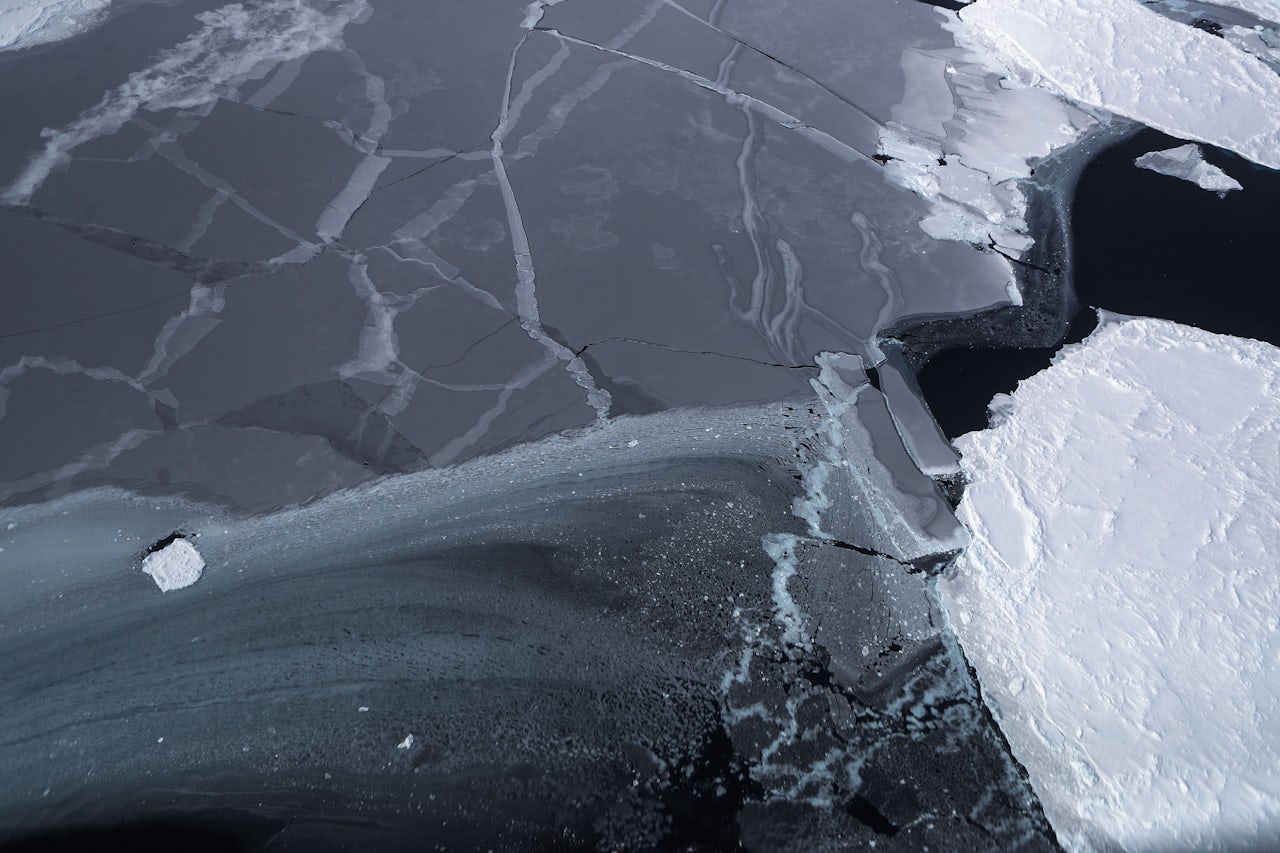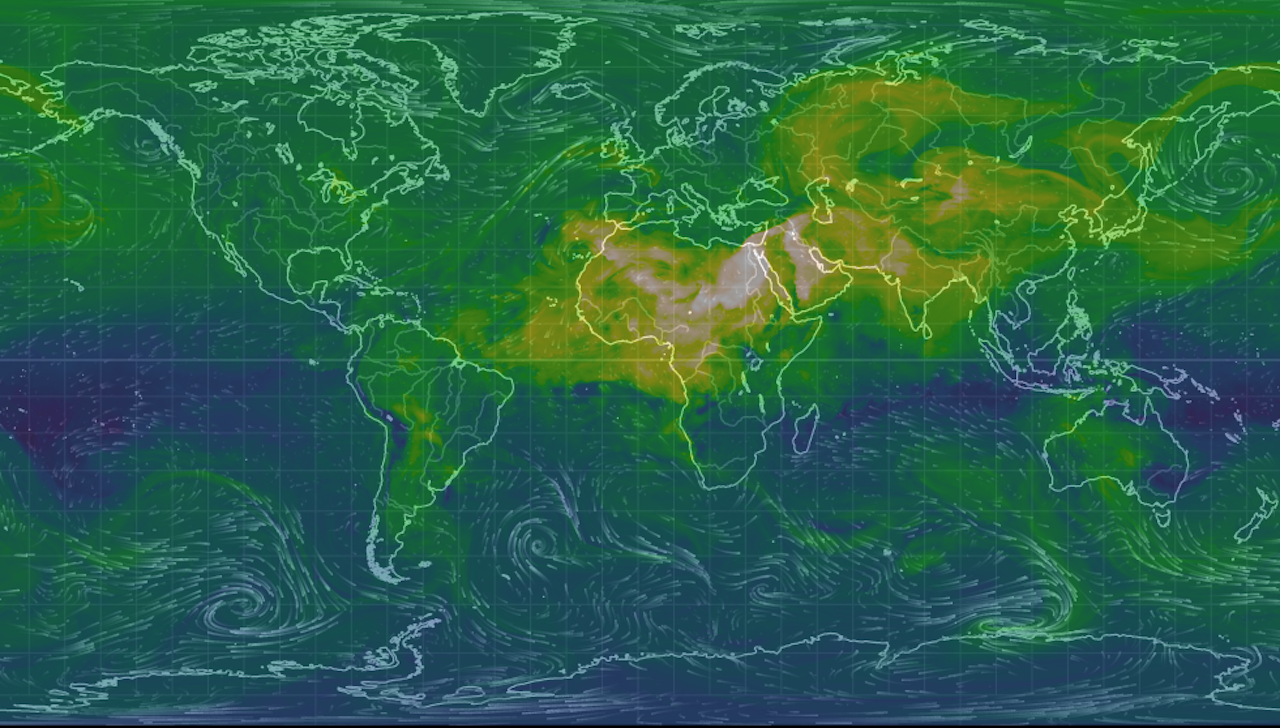Buckle up, folks, because we know a lot more about Antarctica than we did yesterday—and it is not good.
According to several Antarctica-related studies all published today, a series of natural processes protected the Antarctic ice sheet from melting completely 10,000 years ago. Now, we’re pumping carbon dioxide into the atmosphere way too quickly to rely on these processes to protect the icy continent from melting in the future.
For perspective, Antarctica has enough water stored in its ice to raise sea levels by 58 meters, or 216 feet, if it disappeared entirely. That would completely obliterate states like Florida and displace hundreds of millions of people in Brazil, Argentina, Guinea-Bissau, Denmark, China, Indonesia, and Australia.
Researchers from Northern Illinois University who studied Antarctica’s rebound 10,000 years ago found that, at its worst, the continent melted to a dangerous place where it was even smaller than it is today. However, they urged against undue optimism: what happened 10,000 years ago was natural. What’s happening today is human-caused, and it’s happening far more quickly.
“What happened roughly 10,000 years ago might not dictate where we're going in our carbon dioxide-enhanced world, where the oceans are rapidly warming in the polar regions,” lead researcher Reed Scherer said in a press release. “If the ice sheet were to dramatically retreat now, triggered by anthropogenic warming, the uplift process won't help regrow the ice sheet until long after coastal cities have felt the effects of the sea level rise.”
To be clear, no one is anticipating that Antarctica will disappear entirely by the end of the century. However, by 2070, University of Massachusetts Amherst (UMA) researchers found that unchecked emissions and pollution by humans could melt a humongous portion of the continent. We still don’t know how exactly how much will melt. But according to new research from the University of Leeds, Antarctica melting is already happening much more quickly than anticipated.
“The continent is causing sea levels to rise faster today than at any time in the past 25 years,” lead researcher Andrew Shepherd said in a press release. “This has to be a concern for the governments we trust to protect our coastal cities and communities.”
Since 1992, 76 billion metric tons of water was melting off the continent each year. But between 2012 and 2017, the researchers found that this figure exploded. 219 billion metric tons of ice has been lost to the ocean each per year, meaning that 40 percent of all Antarctica-related sea level rise in the past three decades has happened in the past five years.
The last time that the earth’s current carbon dioxide levels were as high as they are today was during the Pliocene, which was from 5.3 to 2.6 million years ago. Researchers from Boston College found that, remarkably, land-based ice at the time did not melt off entirely.
“Based on this evidence from the Pliocene, today's current carbon dioxide levels are not enough to destabilize the land-based ice on the Antarctic continent," lead author Jeremy Shakun said in a press release.
However, when it comes to climate change-induced melting, the past isn’t a reliable indicator of the future anymore. Columbia University researchers found that when the earth was naturally warmer and this melting process was happening naturally 10,000 years ago, the earth rose up, projecting the much of the continental ice above the sea.
"If you pile up a bunch of ice on the earth's crust, it bends down," lead researcher Jonathan Kingslake said in a press release. "Remove it, and it pops back up.” Picture pushing down on a mattress. When you remove your hand, the mattress rises back up. That’s basically what happens when there’s less ice over a stretch of land: the reduced weight causes the land to rise up. For Antarctica, this means that the ice melts less quickly.
For years, it’s been a mystery as to why the ice of Western Antarctica (which is south of the Pacific Ocean) is growing while the rest of the continent is losing massive amounts. According to new research from the Earth Institute at Columbia University, the growth of Western Antarctica is actually a symptom of melting across the entire continent.
Basically, ice melting is driven by warm ocean waters. This means that when Eastern Antarctica loses ice, it generally comes from the bottom of the land ice, which sits right above the (comparatively) warm water. As more ice from the bottom of the ice mass lost, ice from the top suddenly sits against the warm water. This process makes the ice mass as a whole melt even faster.
UMA researcher Rob DeConto also discouraged people from being too optimistic about Antarctica’s future.
“The future of Antarctica is tied to that of the rest of the planet and human society,” DeConto said in a press release. “Actions can be taken now that will slow the rate of environmental change, increase the resilience of Antarctica, and reduce the risk that we commit to irreversible changes with widespread impact.”

